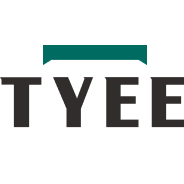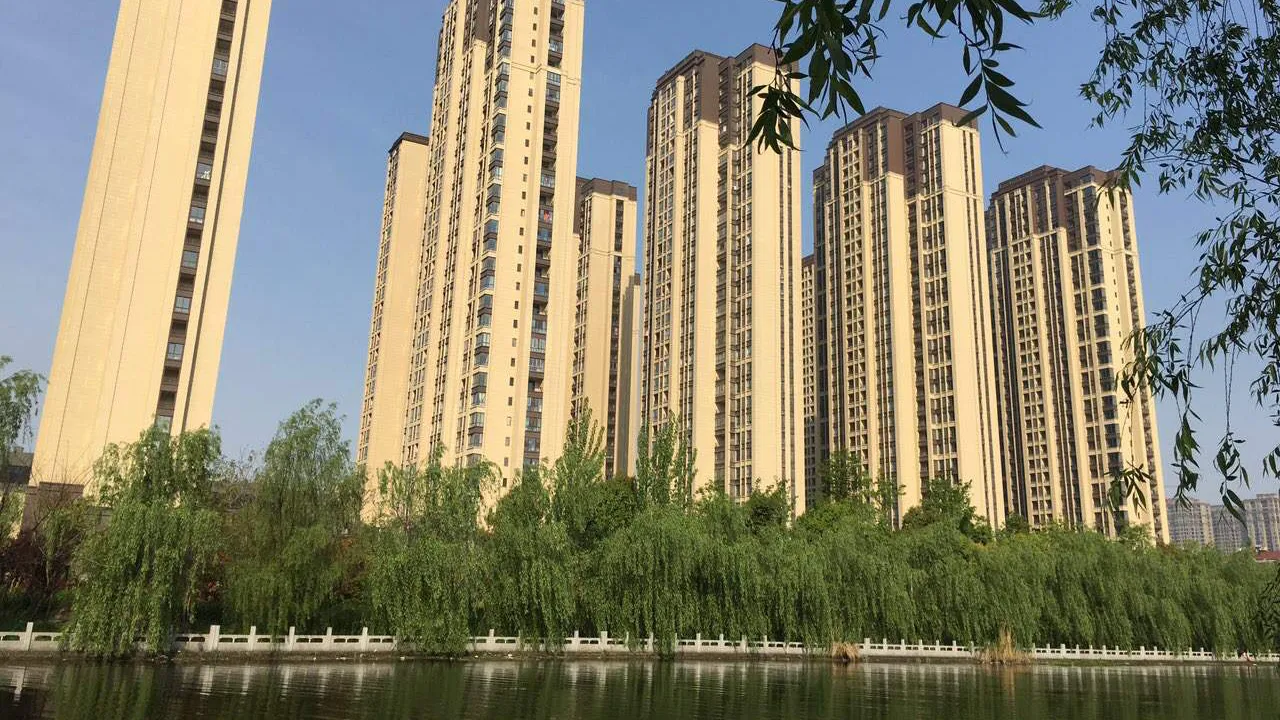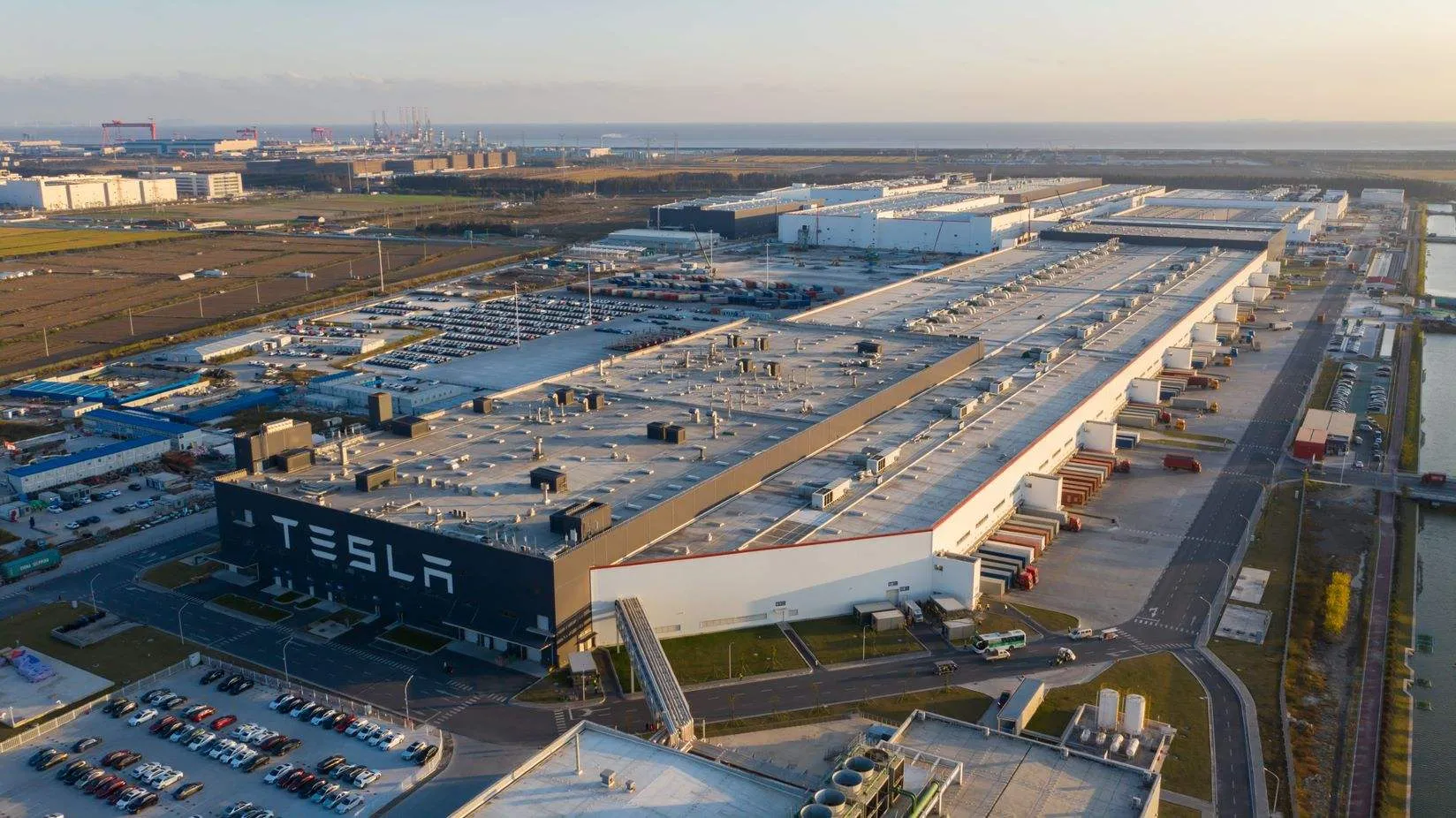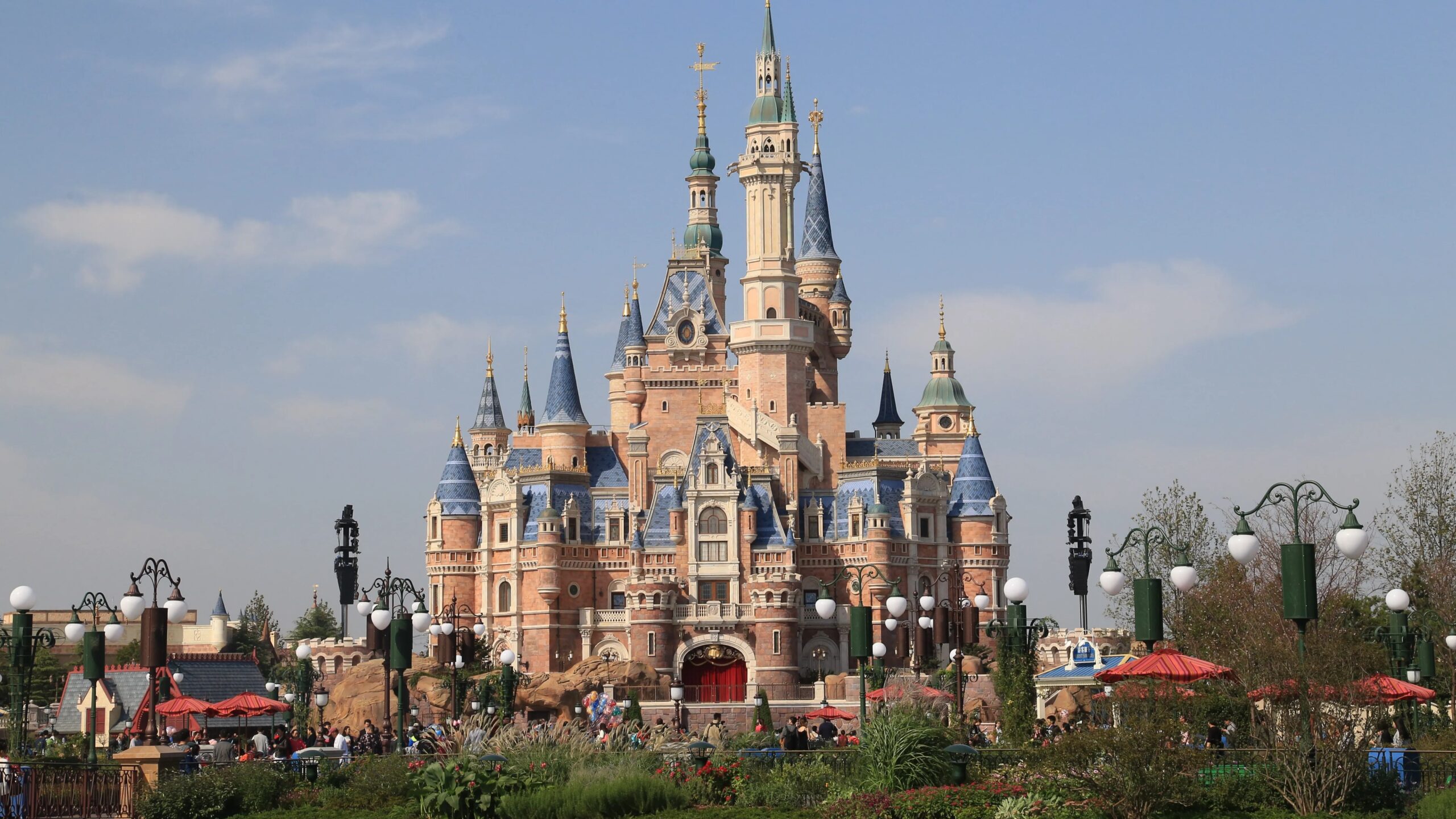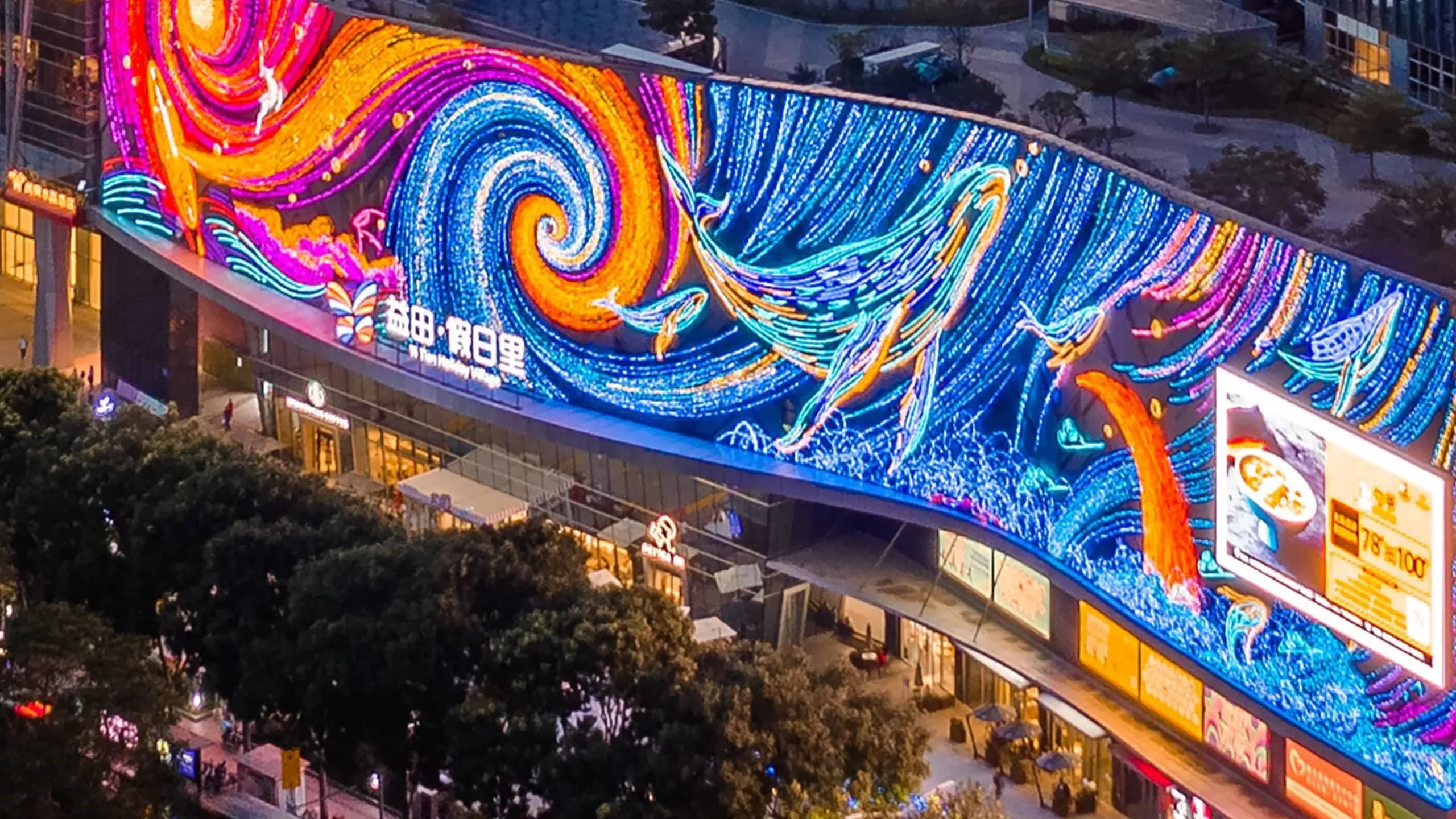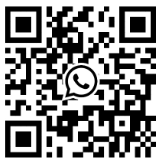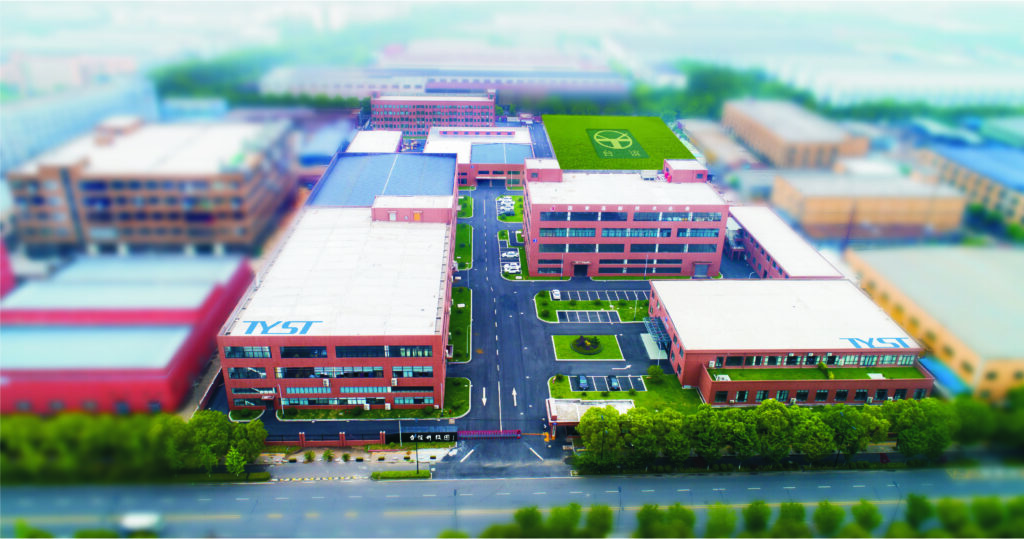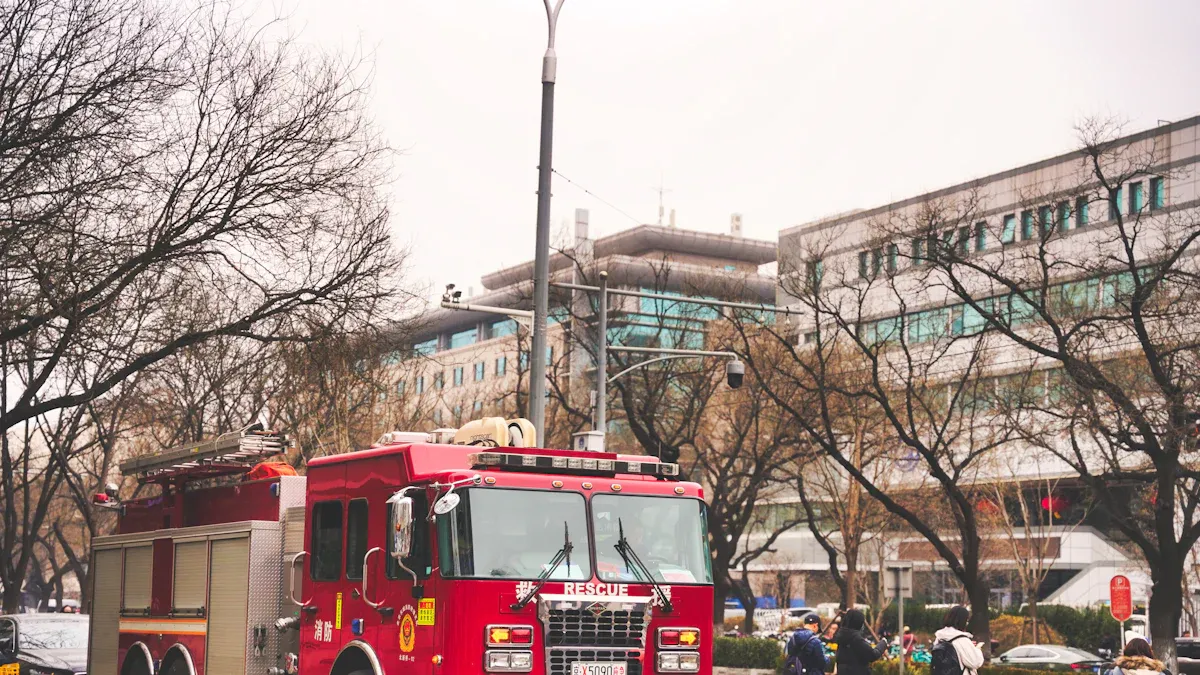
Urban transit hubs have many problems that can affect safety. There is a lot of foot traffic. The layouts are complex, and there may be hidden fire sources. This creates a dangerous environment. Today, just buying fire safety products is not enough. You need a complete plan that combines different systems for good fire management. Integrated solutions help with better teamwork, quicker response times, and central monitoring. This makes them perfect for busy places like transit hubs. Moving from old methods to data-driven strategies gives you the tools needed for strong fire protection.
Key Takeaways
Urban transit hubs have special fire safety problems. This is because of many people and complicated designs. Good crowd management plans are very important for safe evacuations.
New fire detection tools, like multi-sensor systems, can lower false alarms. They also help response times in busy transit areas.
Keeping daily operations running while ensuring fire safety needs strong suppression systems. It also needs clear evacuation paths. Regular training for staff helps everyone know what to do in emergencies.
Smart fire safety solutions, like real-time monitoring and combined security systems, make urban transit hubs safer and more efficient.
Fire Safety Pain Points in Transit Hubs
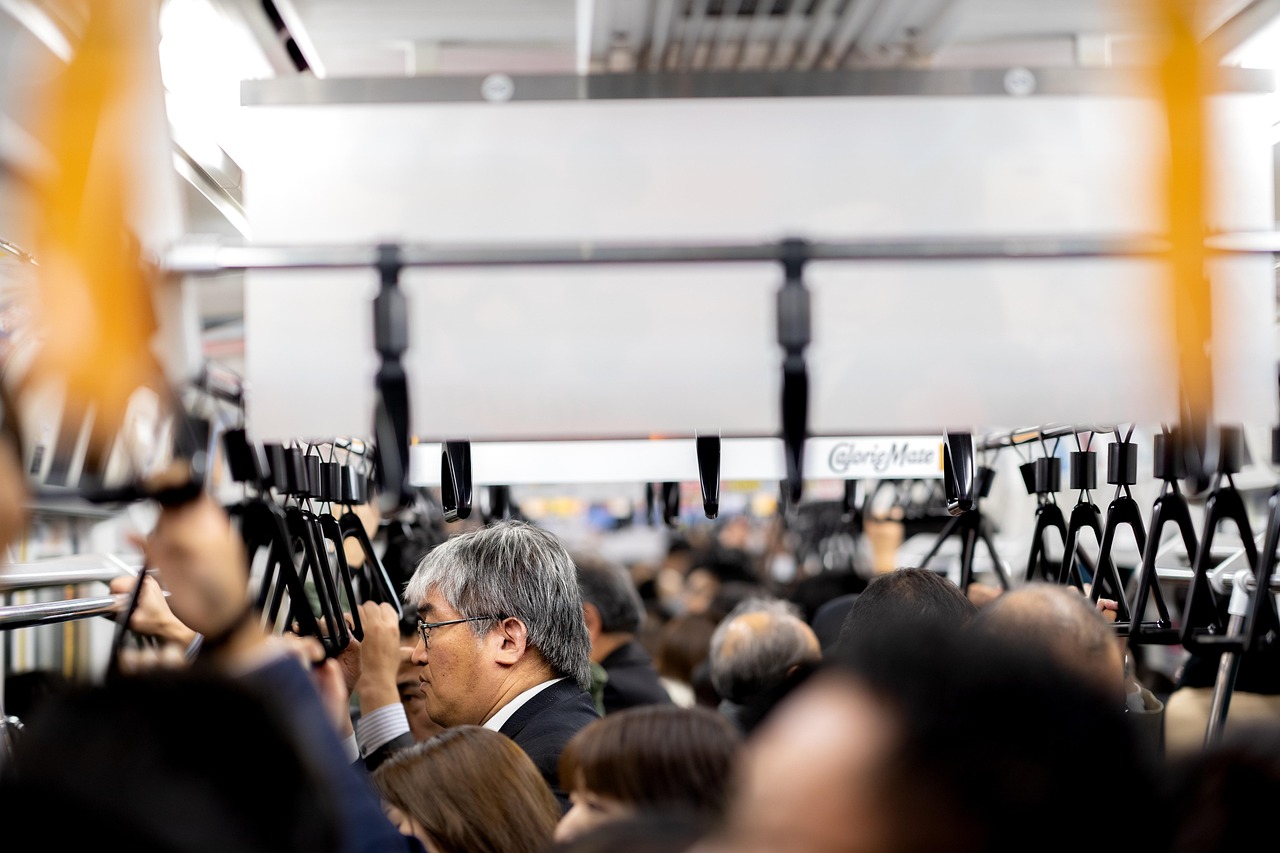
Crowd Flow and Evacuation Challenges
Crowd flow in urban transit hubs can be very hard during emergencies. In Hong Kong, over 4 million people use mass transit every day. This makes it crowded often. Such congestion can make safe evacuations difficult. For example, a legislator said they waited for 10 trains at an interchange station. This shows how hard it can be during emergencies.
You need to think about how crowded train compartments can affect safety. In fact, local subway incidents have affected over 70,000 passengers. There have been reports of poor ventilation and many fire incidents in these crowded places, especially when services are stopped. Good crowd management strategies are very important.
To improve safety, you can use technologies like real-time crowd counting and proactive capacity management. These tools help control crowds and keep everyone safe. Also, optimizing layouts can help movement flow. This ensures evacuation routes stay clear.
Hidden Fire Sources and Detection Limitations
Hidden fire sources are a big risk in transit areas. Current fire detection systems have improved. They now use technologies like vision-based analysis and sensor networks. These systems can find early signs of fire, like smoke and heat. However, there are still problems with false alarms, especially in complex places like tunnels and underground stations.
You should know that using multi-sensor fusion methods can help improve fire detection. For example, vision-based detection algorithms can track fire growth by looking at the size and direction of flames and smoke over time. This helps with quick responses, making fire detection systems better in busy transit areas.
The Conflict Between Operations and Safety
Balancing daily operations with fire safety can be tough in urban transit hubs. Complex buildings, like those with high ceilings, can weaken smoke detection signals. Also, many tenants with different risks operate close together, adding to the challenges.
You must deal with regulatory issues from different areas. This means following state, federal, and local rules. Modern building codes, like the Australian National Construction Code (NCC) and the United States International Building Code (IBC), help address these issues. Performance-based designs allow flexibility to solve design problems while keeping safety standards.
To keep everyone safe, you can set up strong fire suppression systems, clear evacuation routes, and good emergency communication plans. Regular training for staff and emergency workers is also very important. This makes sure everyone knows how to respond well during emergencies.
TYEE’s Expert-Level Solutions and Services
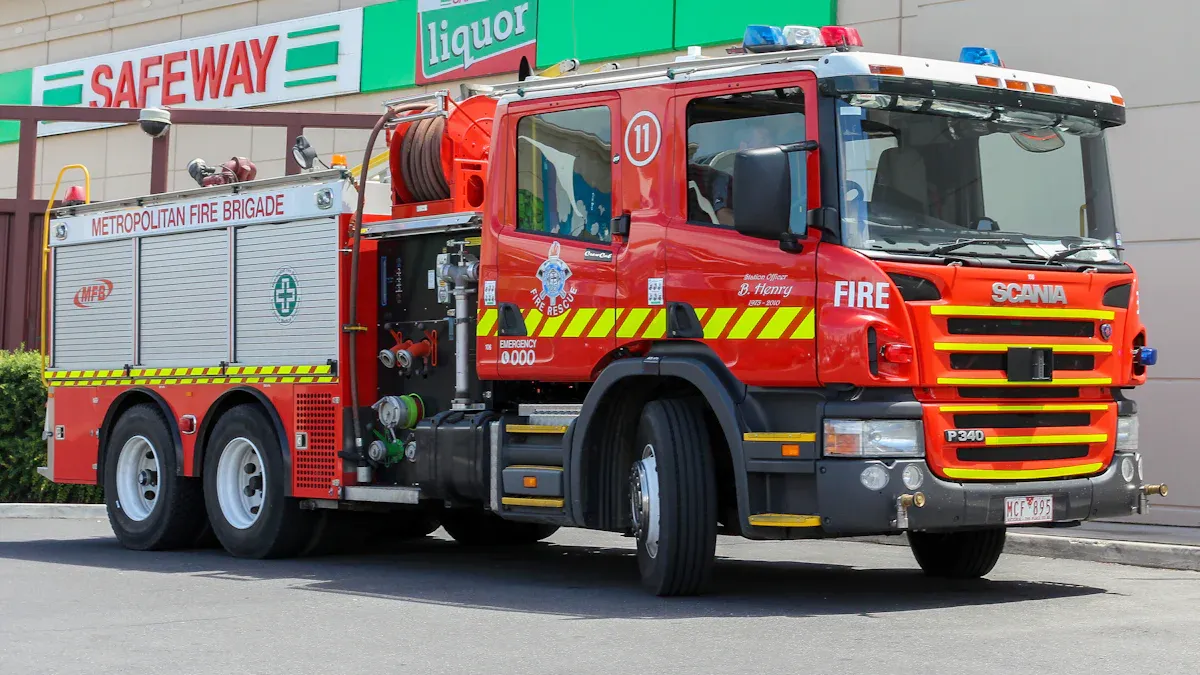
From Pain Points to Solutions
Urban transit hubs have many problems. These include crowd control, hidden fire risks, and conflicts in operations. TYEE solves these problems with smart fire safety solutions made for metro and rail systems. Our combined systems improve safety by offering:
Feature | Description |
|---|---|
Access control opens routes, keeping people safe from danger. | |
Unified Response | Intrusion and fire alarms send alerts at the same time. |
Smoke Management | HVAC systems manage smoke and protect escape paths. |
Cost Efficiency | Fewer devices mean lower maintenance costs. |
Early Detection | Multi-sensor technology finds fires early and cuts down false alarms. |
Reliable Communication | Two-bus network for quick responses and dependable communication. |
User-Friendly Display | Graphical display makes it easy to monitor and control escape routes. |
Energy Efficiency | High-quality materials and energy-saving LEDs for lasting performance. |
From Reactive to Proactive
Moving from reactive fire safety to a proactive strategy is very important for protecting people and assets. TYEE’s solutions use advanced technology to watch for dangers all the time. Our smart smoke detectors, for example, significantly reduce false alarms and allow for remote checking and status monitoring, offering a more reliable and convenient experience.
Furthermore, multi-sensor detectors look at many fire risks (like smoke and heat) at once, ensuring accurate and reliable detection. These improvements greatly boost safety in environments like urban transit hubs, allowing for quick and precise responses to possible threats.
Long-Term Support and Optimization
TYEE is committed to long-term support and improving your fire safety systems. Our custom inspection programs help find problems early. We make sure your systems are over 99.9% reliable with regular maintenance and updates.
Our emergency lighting systems work well during evacuations in drills and real situations. Plus, our early fire detection systems help with fast evacuations and shorter response times.
Practical Applications: Turning Theory into Reality
Application in Transit Scenarios
In urban transit hubs, using new fire safety solutions can make things safer and more efficient. You can use new technologies to create a safer place for passengers and staff. Here are some important technologies that are helping:
IoT Technologies: These allow real-time checking of smoke levels, temperature, and how many people are there. This information helps you act fast if there is a fire risk.
Integrated Security Systems: These systems mix mass notifications, video cameras, and automatic response plans. They help everyone understand what is happening during a fire.
Surveillance Cameras: These help find where the fire is and how it spreads. This information is very important for safe evacuations.
By using these technologies, you can take a proactive approach to fire safety in transit hubs.
Cross-Scenario Applicability
TYEE’s combined fire safety solutions have worked well in many situations. The table below shows key points from case studies about these solutions in urban transit hubs:
Key Takeaway | Description |
|---|---|
Early Action | Stresses the need for proactive steps to keep people safe in urban renewal areas. |
Community Involvement | Shows how residents and managers can help improve fire safety in their neighborhoods. |
Advanced Technology | Uses AI and IoT sensors for early fire hazard detection, speeding up response times. |
Predictive Analytics | Helps plan and lower fire risks by analyzing data. |
Smart Emergency Systems | Features like voice guidance and LED lights help with safe evacuations during emergencies. |
Cloud Monitoring | Gives real-time alerts and checks safety data for better emergency readiness. |
These insights show how TYEE’s solutions can fit into different environments, keeping people safe in many places.
However, there are still challenges when putting these solutions into action. Here are some common problems you might face:
Electrical Faults Leading to Fires: Old cables and short circuits cause about 30% of fire incidents in rail transit.
Vehicle Malfunctions Pose Risks: High temperatures from trains can ignite flammable materials if parts fail or are not fire-resistant.
Human Factors Causing Fires: Passengers can accidentally start fires by bringing flammable items or breaking smoking rules.
Dangers of Tunnel Fires: Poor air flow in tunnels makes fire situations worse, making it hard to evacuate and letting fires spread quickly.
By knowing these challenges, you can prepare better and put effective fire safety measures in place.
Looking Ahead and Partnering for Safety
Expected trends for fire safety technology in future rail networks will be shaped by several key factors. Regulatory Standards will continue to drive requirements, with strict rules like the EU’s Railway Safety Directive setting high safety and performance benchmarks. Meanwhile, Sustainability Initiatives demand the use of fire-resistant and halogen-free materials, which improve passenger safety and help the environment. Crucially, Technological Advancements will play a key role; utilizing smart technologies and real-time monitoring systems is likely to boost overall safety and efficiency. We can expect to see more use of motion detectors, video surveillance, and real-time risk alert systems to make urban transit hubs safer for everyone.
Real fire safety demands a brand that provides smart, combined solutions. You need a partner who understands your unique challenges and can support you around the clock.
When you choose TYEE, you gain real-time monitoring capabilities, seamless system integration, and a commitment to helping you create better evacuation plans with less downtime. Our solutions meet strict fire safety regulations and work seamlessly with smart city infrastructure.
FAQ
What are the main fire safety challenges in urban transit hubs?
Urban transit hubs have problems like managing crowds, hidden fire risks, and balancing daily work with safety. These issues make it hard to prevent fires and respond quickly.
How can technology improve fire safety in transit systems?
Technology helps fire safety by using real-time monitoring, better detection systems, and connected communication. These tools allow you to react fast to emergencies and handle risks well.
What role does TYEE play in fire safety solutions?
TYEE offers complete fire safety solutions made for urban transit hubs. Our systems use advanced technology to ensure reliable detection, safe evacuations, and ongoing support for your safety needs.
How often should fire safety systems be inspected?
You should check fire safety systems regularly, about every six months. Regular checks help find problems early and make sure your systems work well and meet safety rules.
Can I customize TYEE’s fire safety solutions for my transit hub?
Yes, you can change TYEE’s fire safety solutions to fit your needs. We work with you to create and set up systems that solve your specific problems and improve safety.

